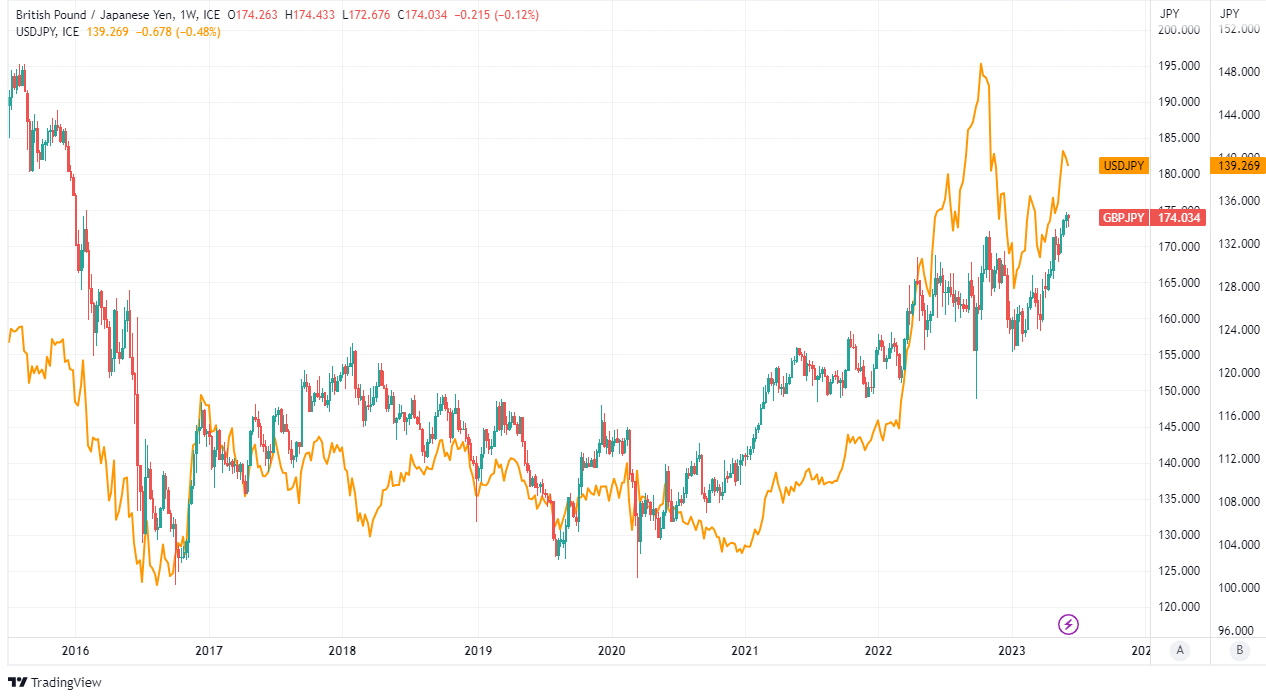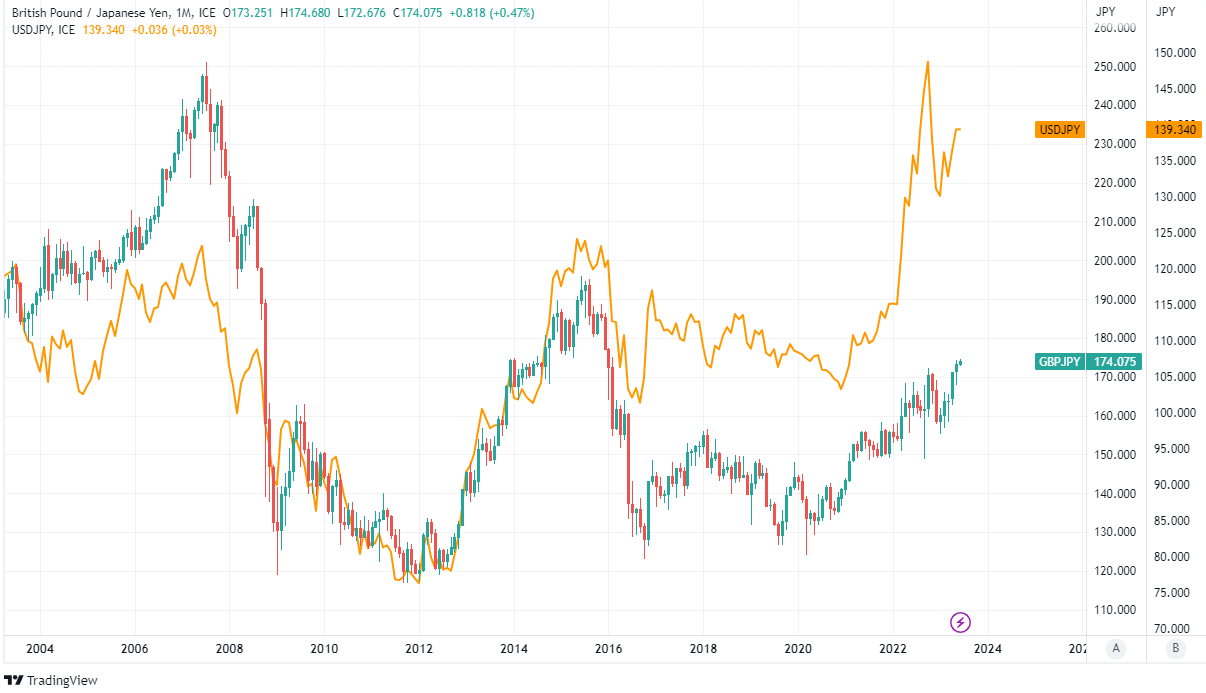Japanese Economic Recovery and BoJ Risks Imperil Pound to Yen Outlook
"We think the BoJ will keep policy settings on hold on June 16, mindful of the risks of tightening too soon, given the dim global outlook" - Pantheon Macroeconomics.

Image © Leonid Andronov, Adobe Stock
The Pound to Yen exchange rate climbed to its highest level since before the Brexit referendum in the opening week of June but new data revealing a strengthening Japanese economic recovery could pose a significant risk to Sterling if it leads the Bank of Japan (BoJ) to favour a hawkish shift in its monetary policy next week.
Japan has been one of the slowest to recover from the effects of coronavirus containment efforts during the pandemic but official figures suggested on Thursday that economic growth accelerated in the opening quarter and was much faster than almost all forecasters had expected.
Economic output rose 0.7% to exceed the 0.5% increase envisaged by the consensus among economists, making for a 2.7% increase over the year to the end of March that places the world's third-largest economy on track to outperform forecasts updated by the Bank of Japan just last month.
"Japan’s nominal GDP growth has averaged an annualised rate of 0.3% for the last 25 years. This quarter’s 8.3% therefore stands out! The Q1 real GDP gain of 2.7% saar compares with a 25-year average growth rate of 0.7% and the 2% (y/y) deflator compares to a 25-year average of -0.4%," says Kit Juckes, chief FX strategist at Societe Generale.
"That last number helps explain BOJ caution, of course -they’ve been trapped in disinflation for an awfully long time. Still, there’s got to be a chance that they are contemplating a further tweak to the yield curve control policy next week," Juckes writes in a Thursday market commentary.
Above: Pound to Yen exchange rate shown at daily intervals alongside USD/JPY.
As notable on Thursday was the 2% increase in the GDP price index reflecting steadily rising inflation that already had the BoJ noting in last month's summary of opinions that "achievement" of the long-elusive two percent inflation target "is coming into sight."
Japanese inflation rose above the target last year after the Russian invasion of Ukraine fueled an earlier rise in commodity prices that has since worked its way into consumer prices, although inflation has persisted at above-target levels since and got some analysts wondering if it will prompt a further change in BoJ monetary policy.
"The domestic recovery is gradually broadening out from tourism-related consumer services to the rest of the economy. Both manufacturing and services PMIs now report rising domestic demand," says Duncan Wrigley, chief Asia Pacific economist at Pantheon Macroeconomics.
"But elevated consumer inflation is a headwind for consumption spending, and real wages are continuing to fall. We think the BoJ will keep policy settings on hold on June 16, mindful of the risks of tightening too soon, given the dim global outlook for H2," Wrigley writes in response to the GDP figures.
Japan's -0.1% interest rate became the lowest in the world last year when the Swiss National Bank raised its cash rate above zero while bond purchases carried out under the BoJ's Yield Curve Control programme have continued to keep government borrowing costs and other real economy interest rates pinned down near zero.
But the BoJ did adapt the parameters of its Yield Curve Control programme in December, enabling the 10-year yield to rise as far as 0.5%, and it noted last month that "signs of a virtuous cycle between wages and prices have started to emerge in Japan's economy."
Above: Pound to Yen exchange rate shown at weekly intervals alongside USD/JPY.
Decades of low inflation were accompanied and reinforced in Japan by the stagnation of wages that has long been identified by the BoJ as an impediment to the sustainable attainment of its inflation target, and any abandonment of near-zero interest rates.
"Disappointing Japanese wage data are reducing risks of a hawkish turn in BOJ policy at the upcoming 15-16 Jun, with negative implications for JPY," writes Shahab Jalinoos, head of FX strategy at Credit Suisse, in a Wednesday research note. "We suspect the BOJ will be content to see this unfold for now rather than try to signal a tighter policy."
The risk for the Yen and prospective saving grace for Sterling, however, is the surprise fall in average cash earnings for the month of May announced by the Ministry of Health, Labour and Welfare on Tuesday this week, which reported only a 1% annualised increase.
Last month's increase in earnings was lower than the 1.3% reported for April and also below the 1.7% consensus among economists, though it remains to be seen and heard which of the recent data developments will matter more in the determination of next Friday's monetary policy decision.
"JPY has the potential to outperform if various factors cause the gap between sterling and Japanese rates to narrow sharply," writes Stephen Gallo, a global FX strategist at BMO Capital Markets, in a Friday review of the outlook for Sterling.
Above: Pound to Yen exchange rate shown at monthly intervals alongside USD/JPY.



